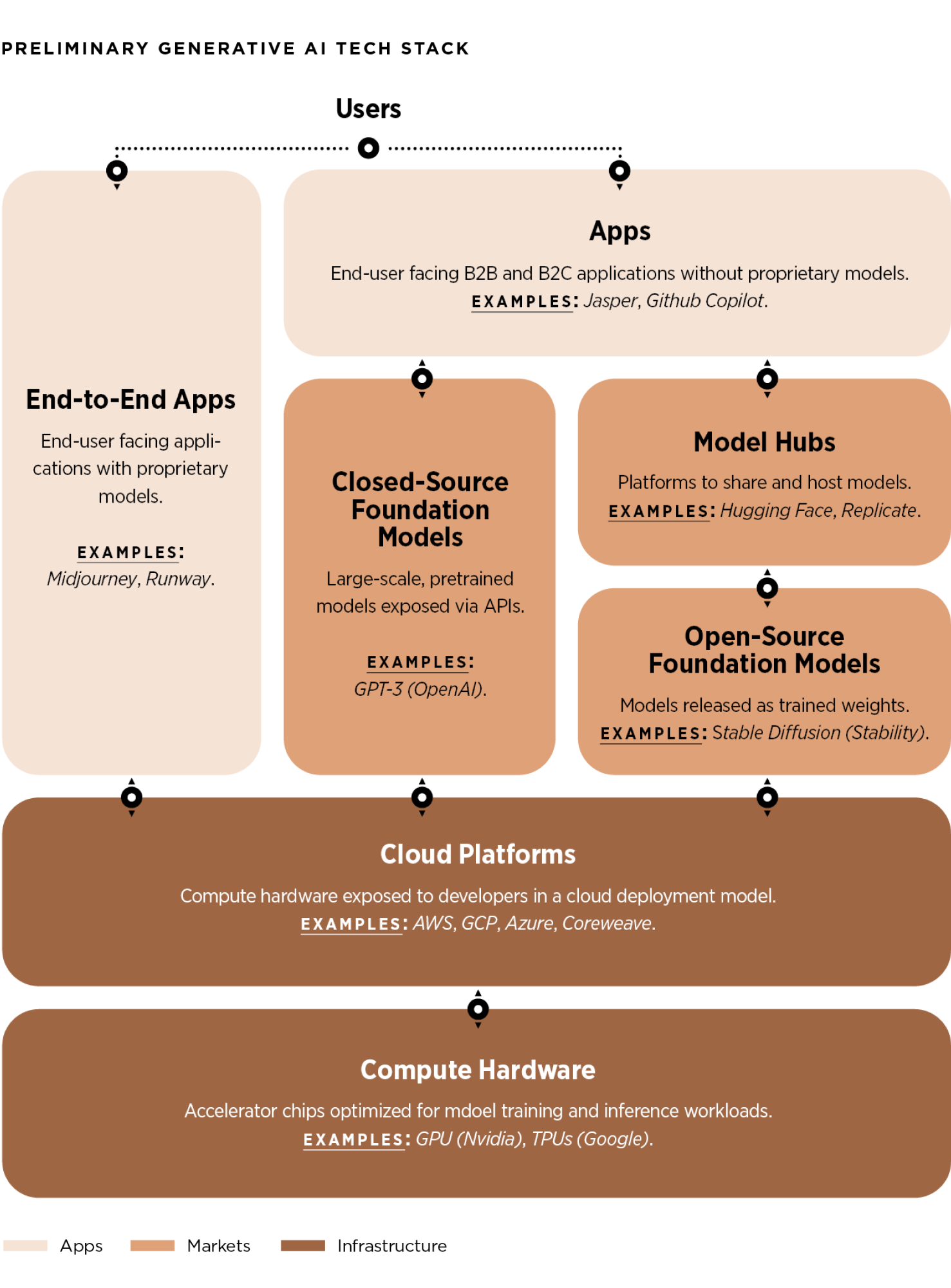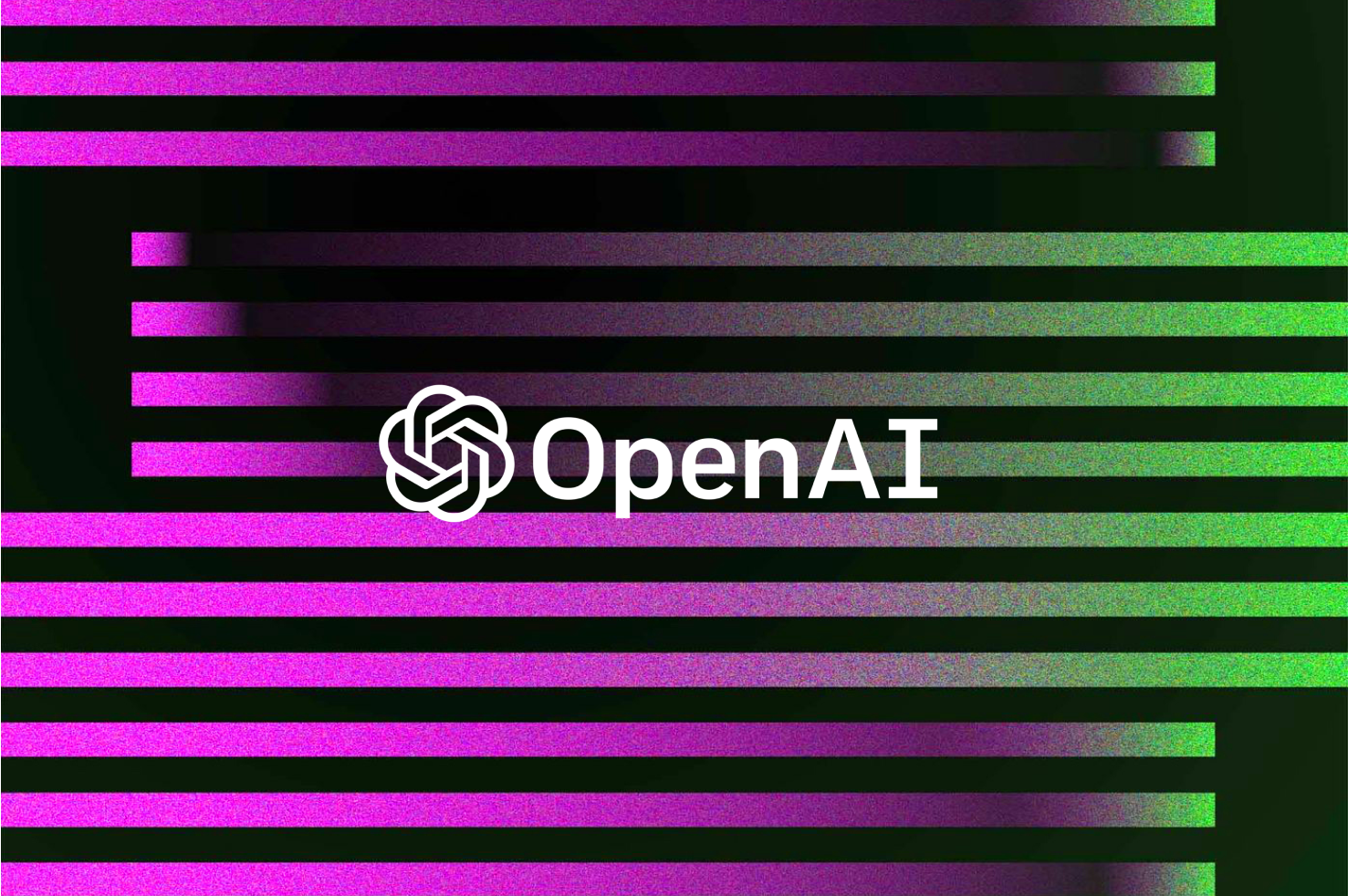Until what seemed like just a minute ago, "Generative AI" was a term unfamiliar to most, except to researchers, developers, and businesses anxious to commercialize this branch of artificial intelligence, but take a gander at the recent news cycle, and it's an entirely different story. A recent article in Time stated, “Only two months after its launch in late November, the chatbot (ChatGPT) had 100 million monthly active users… For context, it took Instagram two and a half years to get to 100 million. TikTok got there in nine months.” And if you haven’t already, you'll soon hear about other breakthrough technologies, including Stable Diffusion for images, Github Co-pilot for code, and a slew of others.
In addition to the public frenzy, there's a lot at stake for some of the tech industry's most prominent players. For example, Microsoft and OpenAI (the company behind ChatGPT) extended their partnership in late January through a multiyear, ten-billion-dollar investment. Not to be outdone, Google announced Bard, its answer to ChatGPT, in early February.
| SO, WHAT IS GENERATIVE AI?
In a recent report, McKinsey & Company defines generative artificial intelligence (generative AI) as “algorithms that can be used to create new content, including audio, code, images, text, simulations, and videos.” More specifically, these models, referred to as Foundation Models or Large Language Models (LLMs) for text data, use a type of machine-learning technology called Transformers. First, they're trained on a massive amount of data, requiring billions of dollars of computing resources. Then, given a command, question, or prompt, they can "predict" what should come next - an answer to a question, a collection of pixels forming a picture, or a biblical explanation of how to remove a peanut butter sandwich from a VCR.
But the vital question is, how can generative AI help me?
Currently, generative AI is used commercially to help companies do things like generate marketing content and create customer chatbots. And soon, it will be incorporated into search engines and many applications you use daily. However, it's very early days, and how this technology will create value needs to be clarified. For example, in a recent article, Andreesen Horowitz, a renowned early-stage technology venture capital firm, expands on this uncertainty.
Andreesen Horowitz states, "We're starting to see the very early stages of a tech stack emerge in generative artificial intelligence (AI). Hundreds of new startups are rushing into the market to develop foundation models, build AI-native apps, and stand up infrastructure/tooling".
Will value accrue to companies like NVIDIA that create the computer chips that power training Foundation Models? Or to companies like OpenAI and Google that distribute trained models to developers and consumers, similar to a utility? Or will new applications like Jasper and Runway disrupt existing businesses? Or will generative AI become table stakes and existing companies will pay to embed the technology into their products and services, accruing value to customers in the form of greater productivity?

| HOW IS OMEGA POINT APPROACHING THE GENERATIVE AI LANDSCAPE?
Let's explore how a firm such as Omega Point can incorporate Generative AI. In broad terms, we build software that helps professional investors turn data into decisions. To begin experimenting with generative AI, we collaborated with Josh Lester - an MIT grad, former hedge fund investor, and entrepreneur - whom we know from our industry circles and who is exploring generative AI applications for finance professionals.
Josh has been working on a prototype that uses prompting, vector searches, chains, and graphs built on top of one of the leading python packages for generative AI called LangChain. Josh believes the recent developments in generative AI open the door for anyone or any company to leverage this technology to make "personalized" applications using proprietary data. This means that companies can create specifically tailored products for their customers or employees and integrate them into existing workflows to boost adoption.
"...the recent developments in generative AI open the door for anyone or any company to leverage this technology to make 'personalized' applications using proprietary data”
But the adage, "garbage-in, garbage-out," definitely applies to these models because they are trained on vast amounts of data from the internet. This is a problem because, given the context, questions can have a wide range of answers, and you only want the ones that are relevant to you. So adding more information to the model is one way to approach this problem.
We wanted to take the prototype for a test drive, but first off, it needed some input from us to do its thing. Fortunately, we had much great content up our sleeves. We publish a weekly newsletter/blog called Factor Spotlight, and the entire archive spans over 250 issues. So for Josh, it was a matter of going to our website and loading the archive into the application.
In no time, Josh circled back and said it was ready and that we should send him a list of questions we get from customers and prospects. So we sent over about 70 of the most common questions.
Josh ran the questions through two models:
➊ An off-the-shelf model (like ChatGPT).
➋ A model that includes the information from Omega Point’s Factor Spotlight blog archive.
The first model generated relatively accurate answers about 2/3 of the time, which in and of itself shows the promise of this technology. However, the model that included the Omega Point data blew it away, generating sufficient responses for 97% of the questions.
For example, we were keen to know how it handled broader, industry-related questions such as:
What are hedge baskets?
➊ Off-the-Shelf-Model - “Hedge baskets are baskets used to carry or store hedging plants.”
➋ Josh’s Prototype - “Hedge baskets are custom baskets of stocks used to hedge out a particular portfolio or unique or proprietary factors. They provide full control to better meet the investor's objectives.”
Since our customers are generally outside the horticulture business, the prototype provided a much more relevant answer.
Along with Josh, we see a future where the models are action-oriented - that can answer questions such as "How do I construct a hedge basket?" We aim to provide a customer with specific recommendations, instructions, and in-context data and information to help them make a decision (e.g., construct a hedge basket). If successful, this technology could become next level regarding how investors engage with information and software.

| SO, WHERE DO WE SEE THE MOST IMMEDIATE VALUE?
● Customer Service
Our customer success team fields questions from a wide range of customers daily. While not basic, many of these questions are repeated and take time to research, prepare, and tailor to the customer’s needs. In theory, a chatbot could quickly generate a response. There, of course, would still be a human element. Our team can review the response, add any color or tailor it further, and send it to the customer. From an MVP (Minimum Viable Product) standpoint, this will make our customer success team more efficient.
| WHERE DO WE SEE THE POTENTIAL FOR WHOLESALE TRANSFORMATION?
● User Experience
Moving to the next level – we can use generative AI to create something our customers could use to solve their problems.
For example, customers use our platform to answer questions such as:
What forces have been driving the risk and performance of my portfolio?
But what if we leverage generative AI to add a chatbot-type layer to let any customer answer these types of specific questions quickly, efficiently, and without having to open the Omega Point software? The question could be sent via text or voice through the chatbot to access OP's backend, connect to customer data, deliver the answer to the user in less than a second, and provide instant responses to follow-up questions. Think of the time this saves versus back-and-forth Q&A over email.
Generative AI could fundamentally change how customers interact with any technology. For example, any software, regardless of how clever and intuitive the design, needs users to log in, learn to navigate, and tweak to get the answers they need. But suppose you ask the chatbot your question and immediately receive a conversational response, a table, a chart, a video example, and other output on any device capable of receiving it. It's like having a custom quant team / API in your pocket.
| CLOSING THOUGHTS
Even off-the-shelf versions of generative AI technology are impressive, although imperfect. There is still much room for improvement, and more resources and attention are being directed to development. Although the ultimate form is still evolving, this technology will become more and more common. Innovation is streaking through the Generative AI landscape today, and there will be many false starts and dead ends for products.
The ultimate challenge for users and organizations will be how to experiment with AI, incorporate its successes without disrupting current workflows, and deliver it to people in a user-friendly format. As Steve Jobs said, "People don't know what they want until you show it to them." OpenAI's ChatGPT is a case in point - they "showed" the power of the technology to the people in a way they could understand.
Stay tuned and watch this space!



Omer Cedar
CEO and Co-Founder, Omega Point.
ompnt.com

Josh Lester
M&A Special Advisor, Thrasio.
thrasio.com

Mike Felix
Chief Marketing Officer, Omega Point.
ompnt.com





